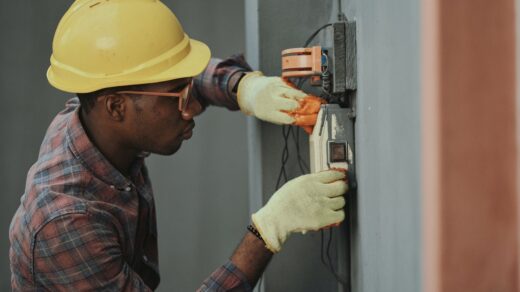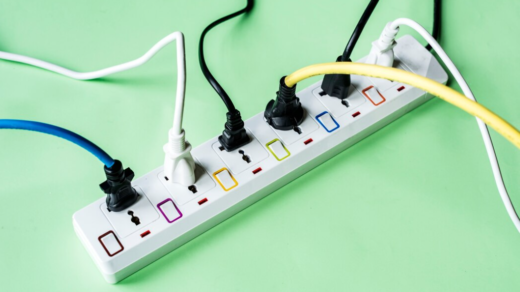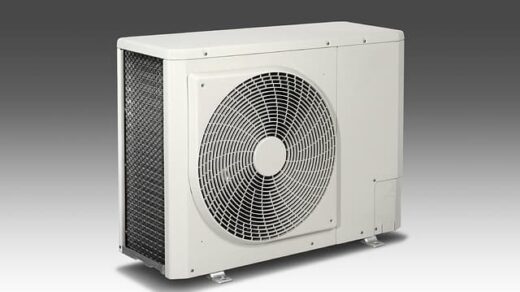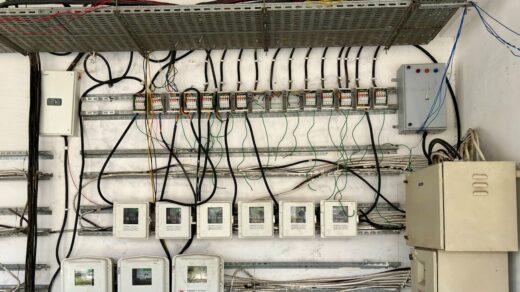The subject of aluminum wiring (hereinafter “AW”) has consistently invoked unease in the electrical engineering sphere. The material’s propensity to oxidize is renowned, leading to resistance and potential hazards.
Aluminum is reactive with atmospheric oxygen, resulting in oxidation that amplifies resistance and impedes the efficient flow of electric currents. If unaddressed, corrosive effects amplify, yielding excessive heat and heightening the risk of fires.
Professionals in the field often advocate for the replacement of AW with its copper counterpart, celebrated for its enhanced safety profile. However, for those opting to retain AW, the application of antioxidant paste emerges as a significant safeguard.
Table of Contents:
- Antioxidant Paste: An Oxidation Shield;
- Diverse Roles of Antioxidant Paste;
- Aligning with Electrical Code in Antioxidant Paste Application;
- Essential Steps in Applying Antioxidant Paste;
- The Necessity of Antioxidant Paste in Aluminum Wiring;
- In Summary.
Antioxidant Paste: An Oxidation Shield
Antioxidant paste serves as a formidable defense against oxygen’s detrimental effects on AW. This greasy substance forms an impervious barrier, thwarting atmospheric oxygen’s corrosive actions. Not every AW application mandates the use of antioxidant paste. For instance, in the unification of copper and aluminum wires utilizing single-stranded wire, its application might be unnecessary.
Not every connection warrants the use of antioxidant paste. Instances of employing 63 and 65 connectors bypass the necessity for such paste. Manufacturer’s guidelines stand as the definitive authority, dictating the scenarios and modalities for the application of varied pastes.
Diverse Roles of Antioxidant Paste
Antioxidant paste, or conductor sealing paste, finds its utility in joining and sealing aluminum, aluminum copper, and copper conductors. Its primary role centers around hindering oxidation at the conductor/connector interface.
Applied per the manufacturer’s guidelines, these compounds exert no detrimental effects on the conductor’s metal, insulation, or electrical apparatus. In numerous instances, meter encasements come with pre-applied paste on the terminal. It’s pivotal to underscore that this paste is versatile and compatible with both aluminum and copper conductors. However, selecting the appropriate paste specific to the conductor type is crucial.
Aligning with Electrical Code in Antioxidant Paste Application
The electrical engineering regulations provide explicit directives concerning the usage of antioxidant paste.
- Rule 12-118(1) underscores the imperative of stringent precautionary measures in handling aluminum conductors (hereinafter “ACs”), encompassing proper insulation removal, conductor cleaning, and ensuring compatibility and accurate fitting of equipment;
- ACs, characterized by their malleability, are more prone to cuts and notches during sealing. These defects could culminate in weak points, precipitating conductor breakage, or the emergence of hot spots;
- Rule 12-118(2) mandates the use of connecting compounds in joining multi-strand ACs but excludes this requirement for single-strand ACs.
Nevertheless, it’s advisable to coat the exposed ends of single-strand ACs with approved connecting compounds, albeit sparingly. Excess compounds should always be eliminated.
Essential Steps in Applying Antioxidant Paste
The pivotal role of antioxidant paste in bolstering the safety and efficacy of electrical components is irrefutable. Adherence to the manufacturer’s instructions is an elemental aspect, encapsulated in most norms and standards.
Historically, the application of antioxidant paste was at the discretion of electricians and inspectors, devoid of standardized rules. However, the contemporary landscape underscores the paramountcy of precise application.
Outlined below are the requisite steps in applying antioxidant paste to aluminum wire:
- Employ a wire brush or cloth to meticulously cleanse the conductor;
- Generously apply the antioxidant paste to both the connector and conductor;
- Fuse the connector, excising excess paste.
Remember, electrical installation and maintenance encompass complex and potentially hazardous tasks. Consultation with a qualified professional is indispensable before attempting any electrical tasks independently.
The Necessity of Antioxidant Paste in Aluminum Wiring
The necessity of antioxidant paste in AW is contingent on specific applications, manufacturer recommendations, and electrical norms. For instance, when connecting copper wires to aluminum with a single-strand wire, the paste might not be essential.
Decisions regarding the need for antioxidant paste should pivot on manufacturer’s guidelines and prevailing electrical legislation. A professional consultation is essential to ensure safety and compliance in dealing with AW.
In Summary
Antioxidant paste for AW isn’t a mere accessory but a vital defense against oxidation and electrical hazards. By adhering to the manufacturer’s guidelines, observing electrical norms and rules, and applying the paste appropriately, AW can be safeguarded, resistance reduced, and electrical system safety ensured.
In the realm of electrical equipment, safety is paramount. Reach out to Mike Fuller Electric for all queries related to aluminum wires. Your safety is our utmost priority.








